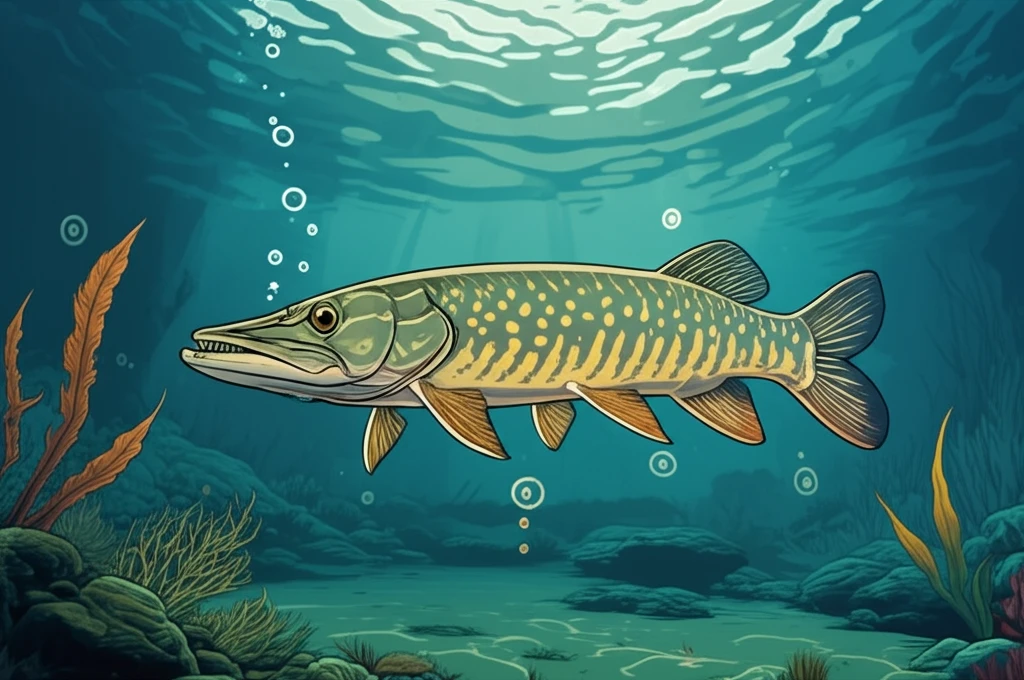
Unlocking the Secrets of the African Pike: A Deep Dive into Hepsetus odoe's Life
"Explore the fascinating biology of the African Pike, Hepsetus odoe, and its implications for conservation and aquaculture in Nigeria."
Freshwater ecosystems are essential for human well-being, providing drinking water, supporting fisheries, and enabling industry and agriculture. Nigeria boasts a rich network of rivers, streams, and reservoirs that serve as habitats for diverse fish species. These species play a crucial role in the nutrition and economic stability of local communities, particularly in rural areas.
Among these species, the African river pike, Hepsetus odoe, stands out as an economically important fish for artisanal fisheries in Nigeria. Highly valued for its availability, affordability, and nutritional content, understanding the biology of H. odoe is critical for its sustainable management and potential for aquaculture. The African Pike belongs to the family Hepsetidae and is known for its elongated, pike-like body and formidable dentition, which makes it an efficient predator.
While much research has been conducted on freshwater fishes in Nigeria, there remains a significant gap in the knowledge of H. odoe's specific ecological dynamics. This article delves into a detailed study of the sex ratio, gonadosomatic index (GSI), diet composition, and fecundity of H. odoe in Eleyele Lake, Nigeria. This research aims to provide essential baseline information for effective conservation strategies and to explore the potential for artificial propagation of this valuable species.
Decoding the Life of Hepsetus odoe: Sex Ratio and Reproductive Strategies

A comprehensive study was conducted in Eleyele Lake, Southwest Nigeria, to investigate various aspects of the African Pike's biology. Over three months (June to August 2012), 205 specimens of H. odoe were collected using gill nets and baited long lines. These specimens were meticulously measured for length and weight, and their stomachs were examined to determine diet composition and gonadal development.
- Immature: Initial egg formation (245 eggs)
- Maturing: Developing eggs
- Matured: Fully developed eggs
Conserving and Cultivating Hepsetus odoe: Implications and Future Directions
This study provides crucial insights into the reproductive biology and feeding habits of Hepsetus odoe, offering a foundation for conservation efforts and potential aquaculture development. The data on sex ratio, GSI, fecundity, and diet can be used to inform sustainable management practices, ensuring the long-term health of H. odoe populations in Eleyele Lake. Further research is needed to fully understand the species and explore its potential for aquaculture which has promise.
